Joint pain is a common problem. The question of what is related to it and how to get rid of it does not leave people for a long time. Scientific discoveries have made it possible to successfully combat pathology and extend the service life of joints.
In this article we will look at the causes and treatment of severe pain in the small joints of the arms and legs, what to do when all the joints of the body hurt, how to treat muscle and bone pain.
Cause of pain
Why do my joints hurt? The causes of joint pain may be related to:
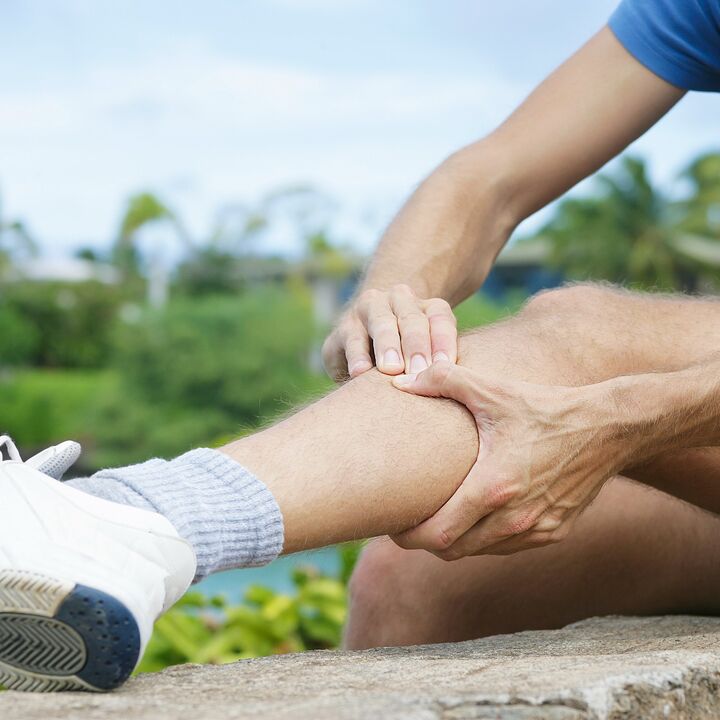
- with injuries (dislocations, sprains of ligaments or tendons, fractures, microtraumas); pain during the injury is painful, pulling, shooting, which disturbs the victim even at rest;
- physical load (sport or industry); Constant physical load leads to micro damage to muscles and connective tissue. Joints wear out early, leading to degenerative diseases;
- joint pathology.
The most common joint diseases are associated with damage to connective tissue, destruction of cartilage, decreased bone density, infectious processes and metabolic disorders. Diseases caused by developmental abnormalities (dysplasia, congenital dislocation or subluxation, congenital inflammatory-degenerative processes) are relatively rare. We will consider only acquired diseases.
Arthrosis
Arthritis is a degenerative disease associated with a decrease in bone density.It often affects older people, women during menopause and people with metabolic disorders.
The pain syndrome develops slowly, gradually increases, its strength increases, and the pain is bothersome even at rest.Often, the early development of arthrosis is the answer to the question of why the knee hurts from the cold. The disease is irreversible, so the treatment is aimed at preventing further bone destruction and the development of joint deformities.
Joint pain
There are many types.It affects the connective tissue of the joints.The pain may increase gradually, or may develop rapidly, over several days. The joint swells, the skin becomes red, and the joint tissue becomes warm to the touch.
This disease is treated depending on the cause. If it is an infection - anti-inflammatory drugs or antibiotics, autoimmune disorders in rheumatoid arthritis - immunosuppressants, for gouty arthritis, together with the use of NSAIDs, diet is required.
The patient's complaint about why the joints of the whole body ache at the same time at night may be a sign of an aggressive form of rheumatoid arthritis or its sign. In other cases, it may be a sign of severe physical fatigue.
Chronic rheumatism
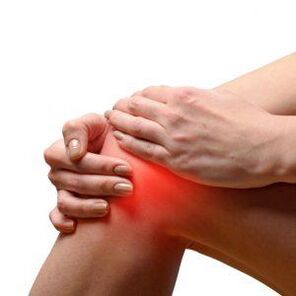
Chronic rheumatism can last for years and affect internal organs.Characteristic symptoms include joint pain, which occurs over time and is accompanied by swelling and increased body temperature.
Joint damage due to gout is associated with metabolic disorders and the accumulation of uric acid in the joints.Pain occurs from time to time in small joints(hand, big toe).
Pressing and throbbing pains, disturbing at night.In the chronic form, lumps can form- accumulation of uric acid in the joint area.
If your entire spine starts to hurt, this may be a sign of a disease such as:
- osteochondrosis with damage to the intervertebral disc;
- spondylosis;
- infectious lesions of the spine, including tuberculosis;
- stress as a psychosomatic response to an irritant is the answer to the question: "Can joints hurt from nervousness? "
How to relieve joint pain in the morning? To solve the problem, it is necessary to identify the cause. It can be:
- ankylosing spondylitis, which affects large joints and the spine;
- deformation of osteoarthritis;
- fusion of bone, cartilage or fibrous tissue after injury;
- osteochondrosis;
- bursitis, tendovaginitis.
Another reason
Tendon disease is similar in symptoms to arthrosis. They differ with arthrosis, the pain will be felt even at rest, and with tendon disease, it manifests itself only when the muscles are under tension.
Blockage, or pinched nerve, is also similar in pain to arthrosis. But the pain appears suddenly and sharply prevents movement in the joint.
Vascular disorders are most often observed in the shoulder and knee joints. They are associated with vasospasm or reduced blood supply. This is common among teenagers and is due to the fact that blood vessel growth occurs at a slower rate than bone growth.
The pain is symmetrical and similar to "turning" or "pain. "When you grow up, at the age of 18-20 years, the pain will disappear.
Diagnostics
Accurate diagnosis of arthritis is the key to successful treatment.
General examination and palpation make it possible to assess the patient's posture and movement, swelling, range of motion, distribution and nature of pain.
By feeling the painful place, you can determine, for example, the presence of rheumatoid nodules under the skin, changes in skin temperature and moisture, the location of the pain, and the state of the joint capsule.
Analyze
Laboratory tests of blood and urine can reveal several factors that indicate the presence of disease. When performing a biochemical blood test, attention is paid to the content of C-reactive protein and rheumatoid factor.
An increase in the ESR level will indicate the presence of an inflammatory process; A high level of uric acid manifests itself in arthritis and other joint pathologies.
Deviations from the norm in urine tests are only detected in severe forms of the disease.
X-rays and MRIs
X-rays are often used to rule out bone damage due to injury, as well as to assess the condition of joints in degenerative diseases.. In such cases, the symmetry of the joint damage, the presence of deformation and the size of the interarticular space are determined.
Magnetic resonance imaging and computed tomography are performed if detailed analysis of bone and soft tissue is required.Using it, the doctor will be able to determine the pinched nerve fibers, the condition of the blood vessels, and the nature of the damage to the cartilage and bone tissue.
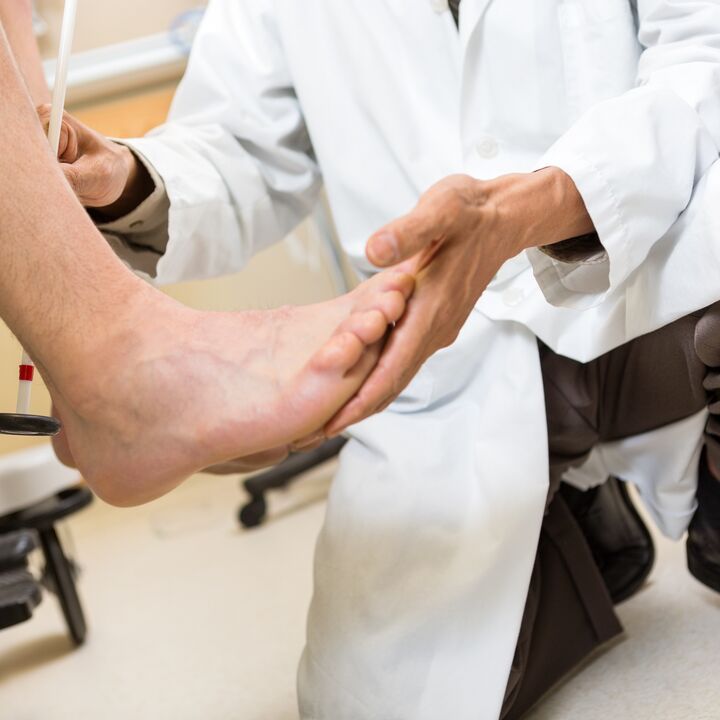
When you see a doctor
You should see a doctor if:
- after an injury, severe pain is felt, the joint is swollen and its contour has changed; this may indicate a dislocation or fracture; in this case, an orthopedic surgeon or surgeon will help;
- pain in the joints, with increased body temperature, rash on the skin or conjunctivitis, stomatitis;
- severe pain does not go away after taking painkillers;
- your joints hurt for more than a week for reasons you don't know.
Treatment
How to treat sore joints? Anyone who has been injured or suffered from joint pathology has faced this question.
Joint treatment depends directly on the cause of the damage.To reduce symptoms, modern non-steroidal anti-inflammatory drugs are used.
In combination with them, vitamins and tissue recovery agents are prescribed.Physiotherapy and manual therapy methods speed up the healing process. How to get rid of joint pain and fever will be described below.
Medicines
Drug treatment depends on the clinical picture and the condition of the patient.
To relieve pain and inflammation, complex drugs from the group of non-steroidal anti-inflammatory drugs (NSAIDs) are used.They quickly and effectively relieve symptoms and act in several directions at once: pain, swelling and inflammatory processes. But it should be remembered that their excessive use leads to intoxication, damage to internal organs (liver, kidneys, stomach) or other disorders, so they should be taken only as prescribed by a doctor.
Attention!If there is no urgent need to take tablets, this same product can be used in gel and ointment form.
To increase blood supply, venotonics are prescribed.They restore blood supply, help reduce swelling due to lymph outflow, remove toxins and improve tissue nutrition.
Muscle relaxants are used to relieve severe muscle spasms.This is necessary if the compression of the nerve endings leads to severe tension in the adjacent muscles, which reduces mobility in the joint and causes constant acute pain.
Vitamins and chondroprotectors– part of any joint therapy. They restore tissue and prevent further destruction. This is especially important if you are diagnosed with a degenerative disease, the development of which can be stopped, but not completely eliminated. Preparations containing glucosamine and chondroitin are involved in the regeneration of cartilage and joint connective tissue and prevent their destruction.

Vitamins with calcium improve the condition of bone tissue, increase its density and prevent destruction.
Vitamin D is necessary for the synthesis of calcium in the body, it regulates the metabolism of calcium and phosphorus, participates in the formation of the bone skeleton and increases the absorption of calcium in the intestine.
Zinc is needed to maintain the reproductive system and the synthesis of sex hormones. When they are deficient, bone tissue is destroyed.
Copper is important for the formation of elastin and collagen, which are part of the connective tissue of joints.
If an infection is detected during diagnosis, antibiotic therapy is carried out.The type and duration of the course depends on the form of the pathogen.
Hormonal drugs are prescribed in severe cases when NSAIDs do not produce positive results.This is a powerful drug and is used as a last resort. They quickly relieve severe pain and restore joint mobility. To do this, they are most often used in the form of injections and injected directly into the joint.
Immunosuppressants are also powerful drugs used in extreme cases. They are prescribed for autoimmune pathologies and are taken only under the supervision of a doctor.
People's recovery
Traditional medicine offers many ways to treat joints. Before using it, be sure to consult your doctor and discuss whether there are any contraindications or risk of allergies.
Joint treatment with folk remedies at home can only be used as an additional method. You should not put it first and ignore your doctor's recommendations.
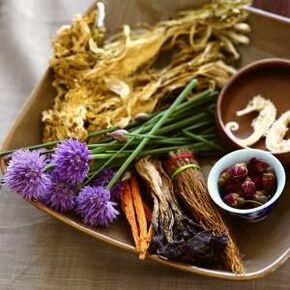
- Bay leaf colored.Pour 20 bay leaves into 0. 5 liters of boiling water in a thermos and let steep for a day. The decoction can be taken in small sips throughout the day, the treatment period is 2 months.
- Compressed gelatin.Sprinkle gelatin (1 sachet - 15-50 g) on the joint and cover with cloth or gauze soaked in hot water, then wrap with film and a warm, dry cloth. Leave the compress overnight, repeat this for two weeks.
- Wrap it up.To wrap, take a cabbage leaf, coltsfoot or burdock, tie it to the joint and leave it overnight, wrapped in a warm bandage.
- Chestnut colored.200 g of chestnut flowers are poured into 1 liter of vodka and left for 2 weeks, shaking the mixture periodically. After this, the tincture can be used to rub the sore joints.
- Rub lard.A small piece of lard is applied in a circular motion to the sore spot until it dissolves completely.
- Compressed honey and salt.Mix honey and fine salt in equal parts, apply to the joints, cover with cling film and wrap warmly, leave overnight.
Physiotherapy
Physiotherapy is carried out for:
- restoration of metabolism in joint tissue;
- improves microcirculation and lymphatic drainage;
- reduce pain, swelling and inflammation;
- deeper drug penetration into tissues (electrophoresis with medicinal ointment);
- activation of the natural regeneration process.
Methods such as phonophoresis, electrophoresis, magnetic therapy, laser therapy, cryotherapy, and shock wave therapy are used.
Physical therapy has several benefits. It is suitable for most patients, does not cause allergies and has minimal contraindications (acute phase of infectious diseases, pacemakers, neoplasms, epilepsy, pregnancy).
Massage and manual therapy have a good effect on the elasticity of muscles and joint ligaments. They can be used as prevention and as treatment.
Gymnastics
During the recovery period, a course of physical therapy (physical therapy) is conducted to restore mobility and prevent stagnation.It is prescribed by the attending physician, orthopedist or exercise therapist.
At first, the exercises are best done under the supervision of a doctor, he will explain how to do this or that exercise correctly and its purpose, how to breathe correctly and what not to do. Then the course can be repeated at home.
Various types of gentle fitness and visiting the pool are useful for maintaining healthy joints.
Surgical treatment
Surgical treatment is performed in cases where conservative treatment methods have been exhausted and do not give positive results.
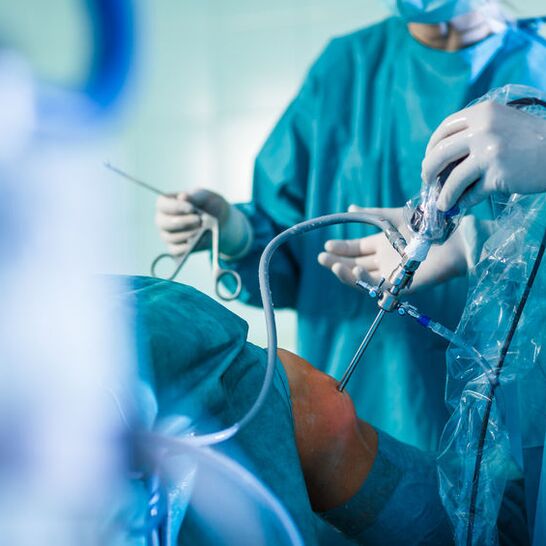
Joint puncture is used for diagnosis and treatment.A thin needle is inserted into the joint cavity, with the help of which the pathological fluid is removed or a medicinal agent is administered.
Arthroscopy provides minimal intervention.All manipulations are performed through small punctures using special endoscopic instruments.
It is performed to remove dead tissue, plastic ligaments, replace cartilage defects, remove chondromic bodies and joint sanitation with deforming arthrosis.
A periarticular osteotomy is performed on the lower leg to restore support and improve mobility.During the operation, the bone located next to the affected joint is sawn and joined at a new angle. Due to this, the load is redistributed, pain is reduced and the development of the pathological process is prevented.
Endoprosthesis replacement is performed to completely replace the joint while maintaining its mobility.
Prevention
To maintain healthy joints or maintain a long-term state of remission, you need to follow simple recommendations.
If you have chronic joint disease, first of all follow your doctor's recommendations strictly and, if necessary, undergo regular checkups.
To provide nutrition to both the joints themselves and the entire body as a whole, include a variety of foods in your diet. These are fresh vegetables and fruits, legumes, minimally processed grains (rice, buckwheat, whole grains, pearl barley), fresh lean meat, eggs, seafood and fresh fish, dishes containing gelatin (jelly meat oraspic), wheat bread and durum pasta. type of wheat.
At the same time, avoid overly salty, pickled and smoked foods, fatty meats and sweets. To find out how to create a balanced menu and form the right eating habits, you can get help from a nutritionist.
If necessary, use vitamin and mineral complexes.Glucosamine, chondroitin, vitamins B and D, calcium, and unsaturated fatty acids are beneficial for joints.To achieve positive results, they must be taken in courses over a long period of time. To find out the best way to take your vitamins, consult your doctor.
If you are overweight, you need to understand that it puts a lot of pressure on your joints and try to reduce it.
To maintain mobility, you need to exercise and attend training that suits your physical ability.To maintain good physical condition, they must be organized and not cause excessive load and discomfort. There are many types of exercises designed specifically for problematic joints and spine. These are kinesis, Pilates, yoga, TRX, water aerobics and other types.
Use special sports and orthopedic equipment - accessories for arms, legs and body that provide shock-absorbing and protective functions: knee pads, corsets, elbow pads, sportswear with a compression effect, shields and more.
Avoid strenuous physical activity and stress.
Conclusion
With the modern development of medicine, we have gained great opportunities for accurate diagnosis and effective treatment of many diseases. Modern treatment methods, advances in pharmacology and surgery make it possible to preserve the health of our joints for a long time, maintain mobility and maintain a high quality of life.



















